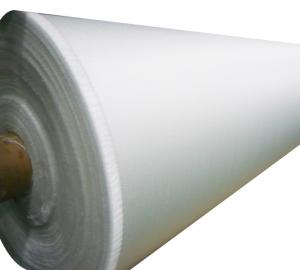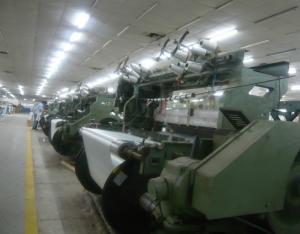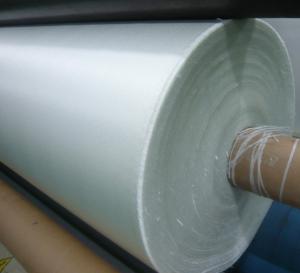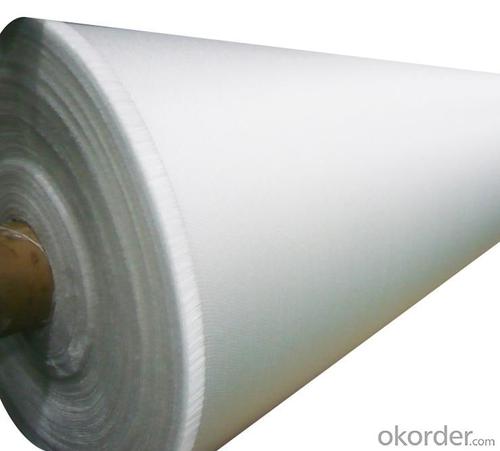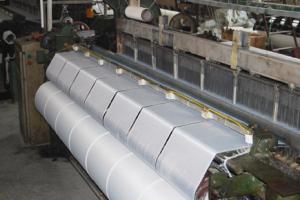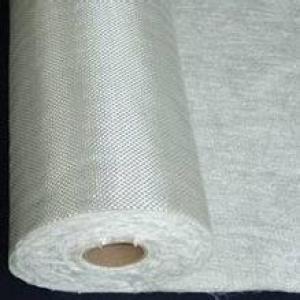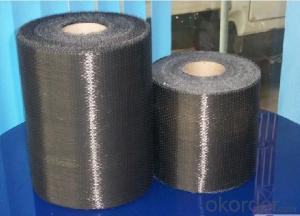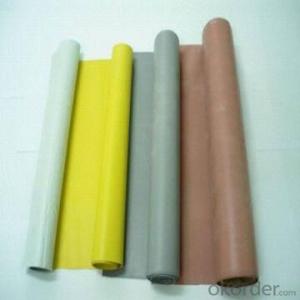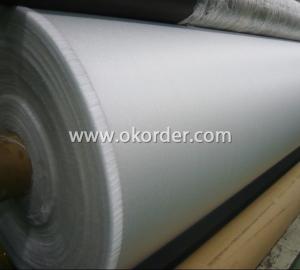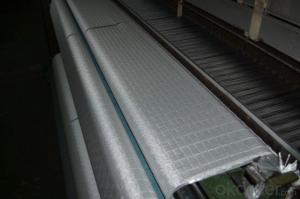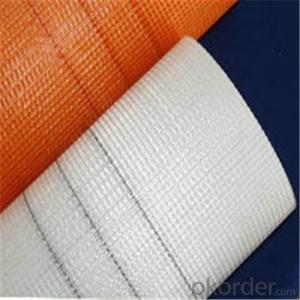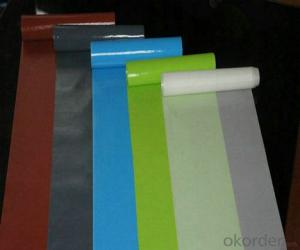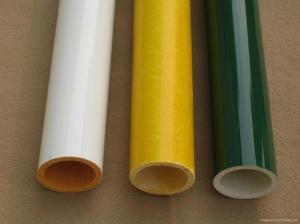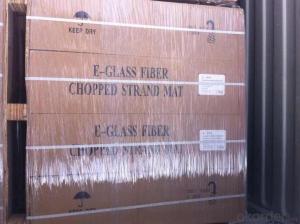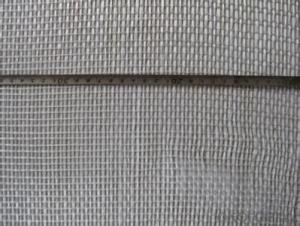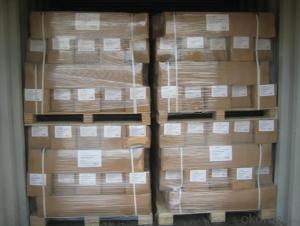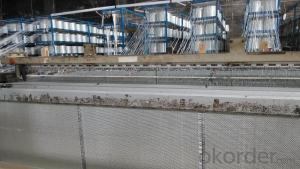Manufacturer of Fiberglass Fabrics 100g
- Loading Port:
- Shanghai Port
- Payment Terms:
- TT or LC
- Min Order Qty:
- 10000 M2 m²
- Supply Capability:
- 50000000 M2 Per Year m²/month
OKorder Service Pledge
OKorder Financial Service
You Might Also Like
Introduction of Fiberglass Fabric:
Fiberglass fabric is corrosion resistance, high intensity, electricity insulation, compatibility with other resin.Fiberglass fabric is widely used into electric insulation field for PCB or copper clad laminate.
Specifications of Fiberglass Fabric:
Fabric Count Warp×Fill(Per cm)
| Yarn(SI)
| Thickness(mm) (Rreference Only)
| Nominal Weight(g/m2)
| Weight Tolerance(g/m2) |
23.6×18.5 | 5 11 1×0 5 11 1×0 | 0.053 | 46.8 | 45.1-48.5 |
23.6×23.6 | 5 11 1×0 5 11 1×0 | 0.056 | 52.9 | 51.5-54.2 |
19.3×16.5 | 7 45* 1×0 7 45* 1×0 | 0.149 | 164.1 | 157.7-170.5 |
18.1×17.7 | 7 45* 1×0 7 45* 1×0 | 0.140 | 1654.0 | 158.0-171.0 |
23.6×19.7 | 6 33 1×0 6 33 1×0 | 0.125 | 148.0 | 142.8-153.2 |
20.0×10.8 | 9 331×0 9 74 1×0 | 0.135 | 146.2 | 142.1-150.3 |
20.5×20.5 | 9 34* 1×0 9 34* 1×0 | 0.114 | 138.3 | 133.6-143. |
23.6×22.0 | 7 22 1×0 5 11 1×0 | 0.079 | 78.0 | 75.6-80.4 |
22.0×18.9 | 7 22 1×0 7 22 1×0 | 0.084 | 90.9 | 88.5-93.2 |
23.6×22.8 | 7 22 1×0 7 22 1×0 | 0.094 | 103.8 | 100.7-106.8 |
26.0×21.7 | 7 22 1×0 7 22 1×0 | 0.095 | 108 | 104.8-111.2 |
17.3×12.2 | 9 681×0 9 68 1×0 | 0.173 | 203.4 | 198.0-208.9 |
17.9×13.4 | 9 68 1×0 9 68 1×0 | 0.18 | 210.0 | 204.5-215.3 |
17.3×11.4 | 9 68 1×0 9 102* 1×0 | 0.201 | 232.3 | 226.5-238.0 |
17.5×7.9 | 9 68 1×0 9 136* 1×0 | 0.254 | 227.8 | 221.1-234.7 |
17.4×10 | 9 68 1×0 9 136* 1×0 | 0.250 | 260.0 | 255.2-265.3 |
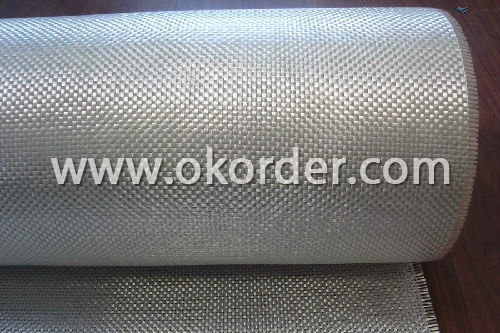
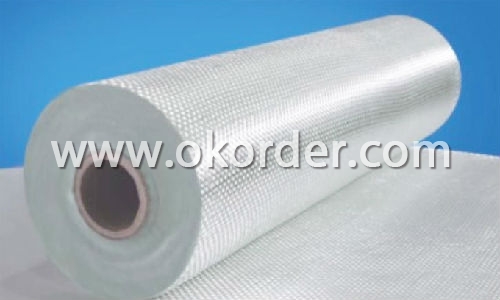
- Q: Can fiberglass fabric be used for making curtains and drapes?
- Yes, fiberglass fabric can be used for making curtains and drapes. Fiberglass fabric is a versatile material that offers several advantages for this application. It is lightweight, durable, and has excellent resistance to heat, chemicals, and moisture. Fiberglass curtains and drapes can provide privacy while allowing natural light to filter through, creating an elegant and modern look. Additionally, fiberglass fabric is easy to clean and maintain, making it a practical choice for curtains and drapes in various settings such as homes, hotels, offices, and hospitals.
- Q: How is fiberglass fabric used in the chemical industry?
- Fiberglass fabric is commonly used in the chemical industry for a variety of purposes. It is utilized as a reinforcement material in the production of chemical storage tanks, pipes, and other equipment. The fabric's high strength and resistance to corrosion make it an ideal choice for protecting and containing various chemicals. Additionally, fiberglass fabric can be used as a lining material to prevent chemical leaks and spills, ensuring the safety and integrity of chemical processing systems.
- Q: Can fiberglass fabric be used for reinforcement in water purification tanks?
- Yes, fiberglass fabric can be used for reinforcement in water purification tanks. It is a commonly used material due to its high strength, corrosion resistance, and durability, making it suitable for applications involving water and chemicals.
- Q: Are fiberglass fabrics suitable for use in aerospace applications?
- Yes, fiberglass fabrics are suitable for use in aerospace applications. They possess excellent strength-to-weight ratio, heat resistance, and dimensional stability, making them ideal for aerospace structures, insulation, and thermal protection systems. Additionally, fiberglass fabrics offer good electrical insulation properties and can withstand high temperatures and harsh environmental conditions encountered in aerospace operations.
- Q: How does fiberglass fabric handle vibration?
- The exceptional performance of fiberglass fabric in managing vibration is well-known. Its unique composition and structure grant it inherent properties that render it highly resistant to vibration. A significant factor that contributes to its ability to handle vibrations is its remarkable tensile strength. The process of weaving strands of fiberglass together to create this fabric produces a material that is sturdy and enduring. This elevated tensile strength allows the fabric to endure the forces exerted by vibrations without experiencing any deformation or damage. Furthermore, fiberglass fabric possesses a low density, making it lightweight and boasting a high strength-to-weight ratio. This quality enables the fabric to effectively dissipate vibrations and absorb energy, thereby minimizing the transmission of vibrations to the surrounding environment. Moreover, fiberglass fabric is renowned for its extraordinary dimensional stability. It retains its shape and structure even when subjected to dynamic conditions, which is crucial in applications prone to vibrations. This stability guarantees the fabric's integrity and functionality, preventing any detrimental effects on the overall system's performance. In conclusion, fiberglass fabric is a reliable and efficient material for vibration management. Its high tensile strength, low density, and dimensional stability render it an ideal choice for numerous industries and applications where vibration control is imperative.
- Q: Can fiberglass fabric be used for seals?
- Indeed, seals can indeed be made using fiberglass fabric. With their remarkable thermal, chemical, and electrical resistance properties, fiberglass fabrics prove to be highly suitable for a plethora of sealing applications. These fabrics are capable of producing gaskets, seals, and insulation materials that cater to diverse industries such as automotive, aerospace, marine, and electrical. The impressive strength and flexibility of fiberglass fabric enable it to easily mold to uneven surfaces, guaranteeing a trustworthy and long-lasting seal. Moreover, the moisture, oil, and chemical resistance of fiberglass fabric ensures the seals' effectiveness and durability.
- Q: Is fiberglass fabric resistant to UV rays?
- Indeed, UV rays are unable to penetrate fiberglass fabric. Fiberglass, which consists of a combination of glass fibers and resin, possesses remarkable durability and the ability to withstand various environmental elements, including UV radiation. The glass fibers employed in fiberglass fabric inherently possess resistance to UV degradation, making the fabric highly impervious to the detrimental effects of ultraviolet rays emitted by the sun. As a result, fiberglass fabric has become widely favored for a plethora of applications that are exposed to sunlight, such as outdoor furniture, awnings, boat covers, and other outdoor products. Moreover, the UV resistance of fiberglass fabric guarantees its long-term strength and integrity, even when subjected to extended periods of sun exposure.
- Q: Can fiberglass fabric be used for insulation in HVAC ducts?
- Yes, fiberglass fabric can be used for insulation in HVAC ducts. It is a common choice due to its excellent thermal insulation properties, fire resistance, and ability to withstand high temperatures. It helps to prevent heat loss or gain in ductwork, improving energy efficiency and maintaining desired indoor temperatures.
- Q: How is fiberglass fabric used in the production of thermal curtains?
- Fiberglass fabric is commonly used in the production of thermal curtains due to its unique properties and benefits. Firstly, fiberglass fabric is known for its excellent insulating properties, which makes it a perfect material for thermal curtains. The fabric acts as a barrier against heat transfer, helping to maintain a stable temperature inside a room. In the production of thermal curtains, fiberglass fabric is often used as a lining or an interlining. It is sandwiched between the decorative outer fabric and the inner lining of the curtain. This layer of fiberglass fabric adds an extra layer of insulation, preventing heat loss in the winter and heat gain in the summer. Additionally, fiberglass fabric is lightweight and flexible, making it easy to work with during the manufacturing process. It can be easily cut, sewn, and tailored to fit various curtain sizes and designs. Moreover, fiberglass fabric is durable and long-lasting, ensuring that thermal curtains made from this material will withstand frequent use and maintain their insulating properties over time. Furthermore, fiberglass fabric is fire-resistant, adding an extra layer of safety to thermal curtains. This property is crucial in preventing the spread of fire and protecting occupants in case of an emergency. Overall, fiberglass fabric is an essential component in the production of thermal curtains. Its insulating, lightweight, flexible, durable, and fire-resistant properties make it an ideal choice for creating curtains that effectively regulate temperature, conserve energy, and enhance comfort in homes and commercial spaces.
- Q: What is the maximum width available for fiberglass fabric rolls?
- The maximum width available for fiberglass fabric rolls can vary depending on the manufacturer and specific product. However, in general, fiberglass fabric rolls typically come in widths ranging from 36 inches to 120 inches. These widths allow for a wide range of applications, from smaller projects to larger industrial applications. It's always best to check with the manufacturer or supplier for the specific maximum width options they have available for their fiberglass fabric rolls.
Send your message to us
Manufacturer of Fiberglass Fabrics 100g
- Loading Port:
- Shanghai Port
- Payment Terms:
- TT or LC
- Min Order Qty:
- 10000 M2 m²
- Supply Capability:
- 50000000 M2 Per Year m²/month
OKorder Service Pledge
OKorder Financial Service
Similar products
Hot products
Hot Searches
Related keywords
